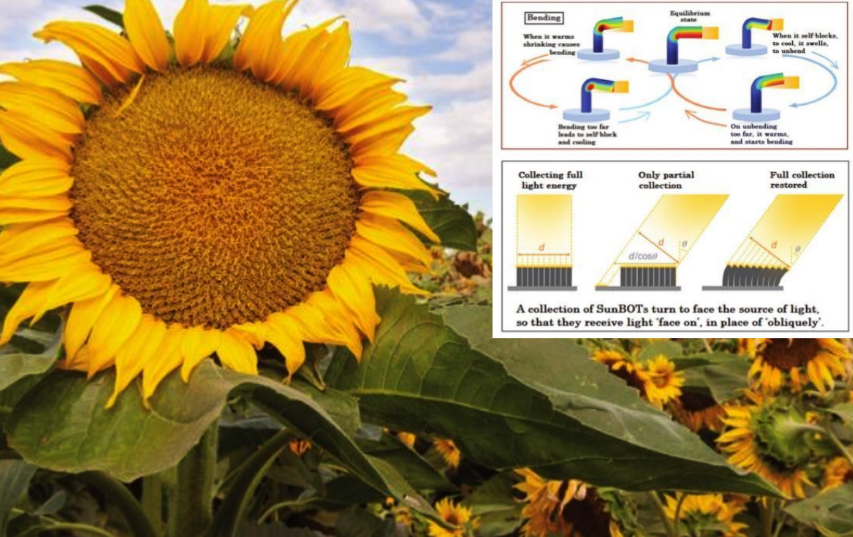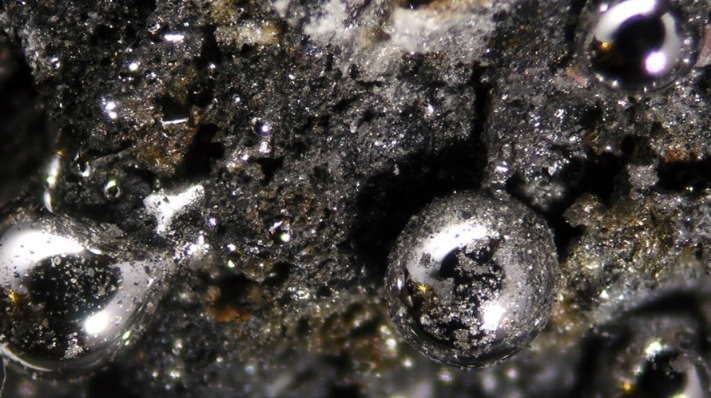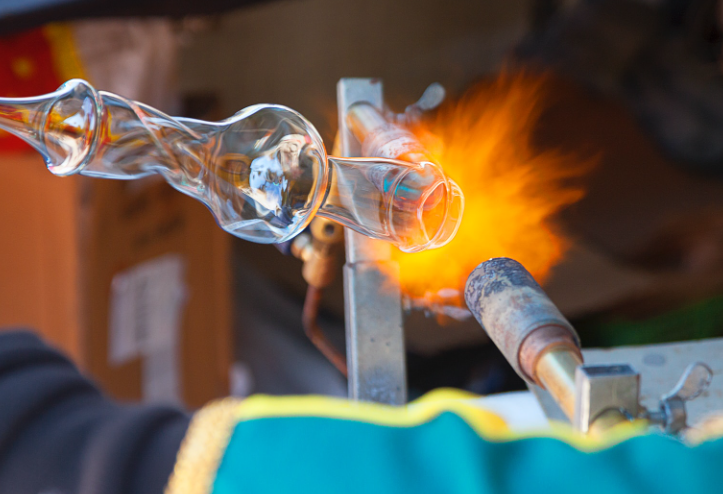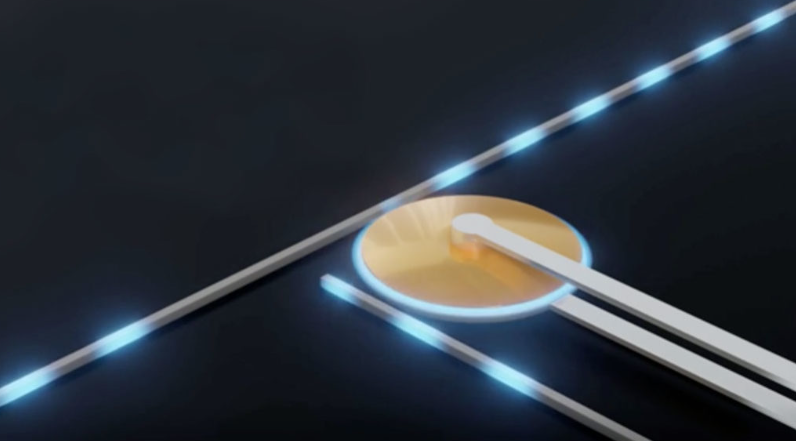The first artificial material that follows the sunlight, can it improve on solar panels?

As the sun moves across the sky, sunflowers continually orient themselves to absorb the most light; now a type of human-made material can do that, too—this is the first artificial material capable of phototropism, the researchers report. Stem-shaped cylinders of the material, dubbed SunBOTs, maneuvered to capture about 90 percent of the available light shining onto a surface at a 75-degree angle in lab tests, materials scientists have found. The technology could one day be used to optimize solar panels, desalinate water or move robots, the researchers say.
SunBOTs can self-regulate, moving to the optimal position needed to soak up the sun’s rays, and then making small adjustments to stay there as the sun changes. That ability comes from the SunBOT’s configuration: a stem-like polymer roughly 1 millimeter in diameter embedded with a light-responsive nanomaterial; the nanomaterial absorbs light and converts it into heat; the polymer contracts in response to the increase in temperature.


When the researchers shined a beam of light onto one of these artificial stems, the illuminated side heated up and contracted, causing its top to bend toward the light. The newly shaded underside of the stem then cooled, stopping the SunBOT’s motion in a better oriented position to absorb light. The process was repeated as the angle of the light beam changed.
To build their initial SunBOTs, the researchers used gold nanoparticles and a hydrogel, but tests with other materials, such as reduced graphene oxide and liquid crystalline polymers, revealed that the components could be mixed and matched. SunBOTs can be lined up in rows to cover an entire surface, creating a mini forest of sunflowers. Coating surfaces with this material could solve one of the biggest problems in solar energy: as the angle of direct sunlight changes the conventional materials cannot keep up. By creating a material that can track sunlight, the researchers may have opened the door to devices that can maximize solar absorption, even as the sun moves overhead.





Responses